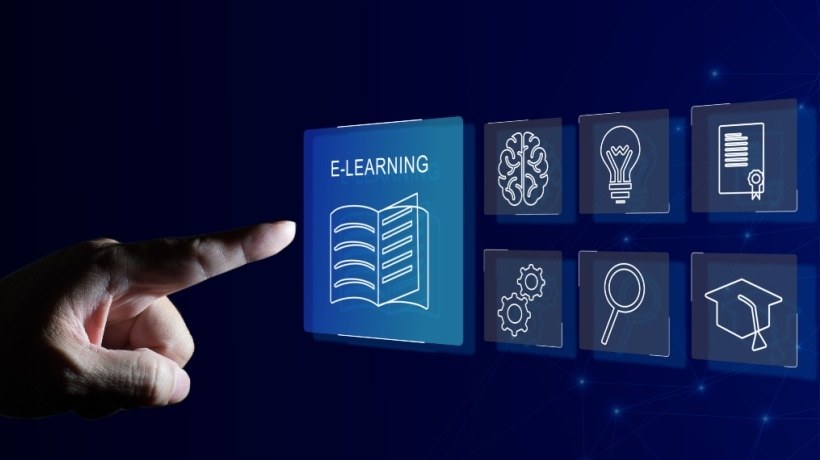
"Most organizations are tweaking courses when the real problem is systemic. Learners are swimming in content but starved for targeted practice, timely feedback, and clear signals that the time they invest actually leads to better work. By 2035, the winners will treat learning as a capability engine-a connected system that maps skills in the flow of work, serves the right practice at the right moment, and uses responsible analytics to guide decisions."
"Discovery loop What matters most? Identify the few capabilities that move the business-safety, service, sales, coding quality, leadership behaviors. Practice loop Serve targeted challenges, feedback, and spaced retrieval inside daily work, not just in classrooms or long videos. Evidence loop Collect trustworthy signals that skills are improving-time to proficiency, error-rate reduction, customer outcomes, quality of collaboration-and use them to refine the experience."
"Five Myths That Hold Teams Back (And What To Do Instead) Myth 1 "We need more content." Truth You need fewer, better practice moments tied to real tasks. Replace hour-long modules with micro-challenges and coaching nudges tied to projects. Myth 2 "Completion equals impact." TruthTrack leading indicators: time to autonomy, quality of outputs, reduction in avoidable errors, and internal mobility. Myth 3 "Personalization means recommending more stuff." Truth It means tuning the level and timing of practice, feedback, and support to each person's current work."
Learning must become a capability engine that connects skills mapping, targeted practice, and trustworthy evidence to improve work performance. Organizations should identify a few high-impact capabilities—safety, service, sales, coding quality, leadership—and prioritize them. Learning experiences should focus on micro-challenges, coaching nudges, and spaced retrieval embedded in daily work rather than long courses. Impact should be measured by leading indicators such as time to autonomy, quality of outputs, error-rate reductions, customer outcomes, and internal mobility. Personalization should tune the level and timing of practice, feedback, and support to each person’s current work. Responsible analytics and privacy-by-design should guide continuous refinement.
Read at eLearning Industry
Unable to calculate read time
Collection
[
|
...
]